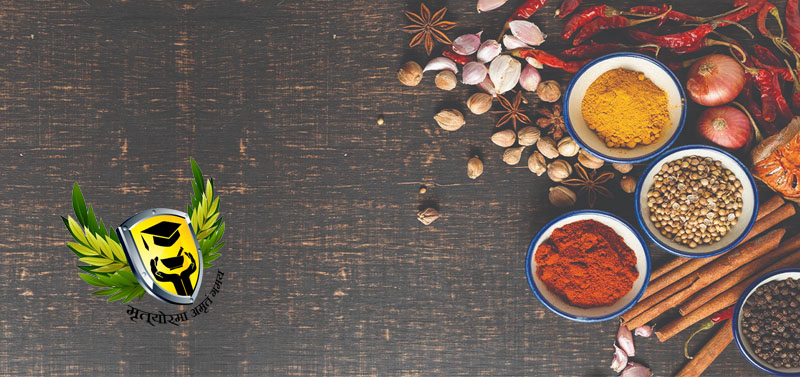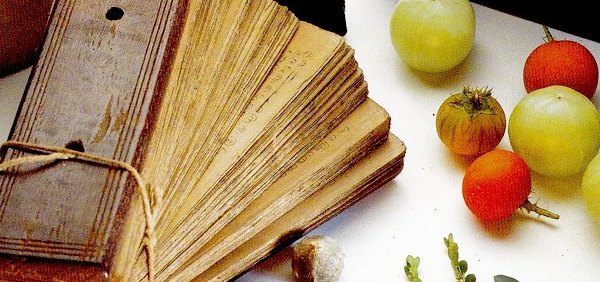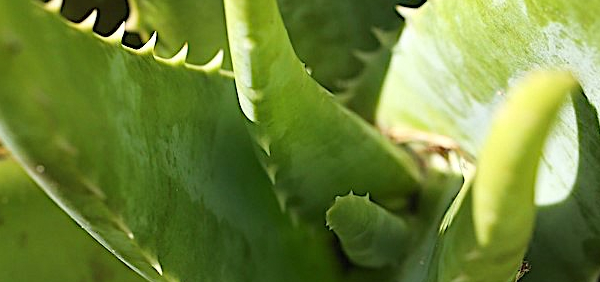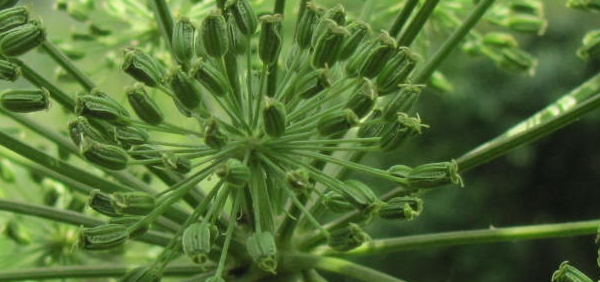kakoi :
 Fritillaria roylei is an endangered herb, thrive well in sub-alpine and alpine pastures of Himalayan region and valued for medicinal properties. The species is important constituent of Astavarga, Chyavanprash and other Ayurvedic preparations. The herb has anti-asthmatic, anti-rheumatic, anti-tussive properties and is widely used for the treatment of different diseases. Presently, as a result of biotic and abiotic pressures, F. roylei has become critically endangered in Western Himalaya.
Fritillaria roylei is an endangered herb, thrive well in sub-alpine and alpine pastures of Himalayan region and valued for medicinal properties. The species is important constituent of Astavarga, Chyavanprash and other Ayurvedic preparations. The herb has anti-asthmatic, anti-rheumatic, anti-tussive properties and is widely used for the treatment of different diseases. Presently, as a result of biotic and abiotic pressures, F. roylei has become critically endangered in Western Himalaya. Taxonomical Classification
Kingdom: Plantae - Plants
Family: Liliaceae
Genus: Fritillaria
Species: Fritillaria roylei
Allied species:
Brimhaneeya gana by charaka samhithaVERNACULAR NAMES
Sanskrit: Kakoli, Ksirakakol, Ksirasukla, PayasyaEnglish: Yellow Himalayan Fritillary, fritillary
Hindi: Kakoli
Telugu: Kakoli
Marathi: Kshira, Kakoli
Tamil: Kakoli
Malayalam: Kakoli
Kannada: Kakoli
Chinese: Chuanbeimu
Burma: Machis
Nepal: काकोली Kakolee
Varities:
Classical CategorisationGuduchyadivarga
Sutrasthana
Haritakyadivarga
Abhayadivarga
Definition
The species roylei has been named in honour of John Forbes Royle, a british botanist.Synonyms
Synonyms in Ayurveda: Kakoli, Ksirakakol, Ksirasukla, PayasyaMentioned in
Dhanvantari Nighantu
Charaka Samhita
Raj Nighantu
Bhavaprakasha Nighantu
Madanpala Nighantu
Guduchyadivarga
Sutrasthana
Haritakyadivarga
Abhayadivarga
Rasa: Madhura
Guna: Guru Snigdha
Veerya: Sheetha
Vipaka: Maduram
Karma: Pittahara Vatahara
The herb has anti-asthmatic, anti-rheumatic, anti-tussive properties and is widely used for the treatment of different diseases
Cultivation:
This species is easily grown in a cold greenhouse but is difficult to grow outdoors in Britain. In the wild it is under snow for 6 months of the year and is baked by the sun for the rest of the year. Very closely related to and merging into F. cirrhosa in the eastern part of its range. Famous in Chinese medicine, where it is called Pé-mou, it is sold as a medicinal herb in local markets there. Flowers are produced in 3 – 5 years from seed.Propogation:
Seed – best sown as soon as ripe in a cold frame, it should germinate in the spring. Protect from frost. Stored seed should be sown as soon as possible and can take a year or more to germinate. Sow the seed quite thinly to avoid the need to prick out the seedlings. Once they have germinated, give them an occasional liquid feed to ensure that they do not suffer mineral deficiency. Once they die down at the end of their second growing season, divide up the small bulbs, planting 2 – 3 to an 8cm deep pot. Grow them on for at least another year in light shade in the greenhouse before planting them out whilst dormant. Division of offsets in August. The larger bulbs can be planted out direct into their permanent positions, but it is best to pot up the smaller bulbs and grow them on in a cold frame for a year before planting them out in the autumn. Bulb scales.Harvesting:
Flowering: June-July. . The flowers are hermaphrodite (have both male and female organs) and are pollinated by Insects.Phytochemistry:
The bulbs gave alkaloids—peimine, peimisine, peimiphine, perminine, permidine and permitidine. The bulbs also gave neutral compounds—propeimin and a sterol. The plant gave kashmirine.PHARMACOLOGY:
The bulbs of the herb are importantconstituents of Astavarga, Chyavanprash, MahatraiphalaGhritham, Jeevanthyadi Ghrutham and DanwantharamThailam, the Ayurvedic preparations in Indian system of medicine (ISM)Parts used for medicinal purpose
Root, Root tuber, ,Dosage:
Bulb—3–6 g powder.Substitute:
(Withania somnifera is a substitute for Kaakoli and Kshira-Kaakoli.)Adultrants:
Roscoea purpureaControversy:
However as per Ayurvedic pharmacopoeia of India, Fritillaria roylei and Lilium polyphyllum are the botanical names of Kshirakakoli and Kakoli, respectively but research literature listed L. polyphyllum and Roscoea purpurea as Kshirakakoli and Kakoli, respectively. Due to the similar or controversial names, the herbs are often interchanged or adulteratedMorphology:
Fritillaria roylei is a herbacious plant, 0.5-2 ft tall, commonly found in alpine slopes and shrubberies of the Himalayas, from Pakistan to Uttarakhand, at altitudes of 2700-4000 m. Flowers are yellowish-green to brownish-purple and usually with a chequered pattern in dull purple. Flowers are broadly bell-shaped, hanging looking down, borne singly on the stems, but sometimes in groups of 2-4. Petals are narrow-ovate. 4-5 cm long. Leaves are linear-lancelike, often long-pointed, 5-10 cm, arrange oppositely or in whorls of 2-6 on the stem.Histology:
T.S. of bulb shows concentric layers of scale leaves; axis of bulb show three concentric layers of scale leaves, with an outer and inner epidermis consisting of single layered parenchymatous cells with mucilage; cuticle of both epidermis is slightly wavy and horny, mesophyll consists of 6 to 9 layered hexagonal parenchyma cells; starch grains gelatinised; raphides ranging from 100 to 230 n in length are also present in the mesophyll; surface view of upper epidermis show compactly arranged rectangular, elongated thin walled cells.Geographical distribution:
This species distributed in the Himalayan region across Pakistan and India. Within India, it has been recorded in Jammu & Kashmir, Himachal Pradesh and Uttar Pradesh in an altitude range of 2800-4000 m.ECOLOGICAL ASPECT:
Flowering time -
June to July
Plant conservation:
Endangered
critically endangered (CR) for Uttarakhand and endangered (EN) for Himachal
Pradesh and Jammu and Kashmir (Anon., 2003). The market demand of this species is increasing while supply is gradually decreasing (Ved and Goraya, 2008). Thiscalls for conservation as well as cultivation measures to be implemented.
General Use:
In Ayurvedic medicine the tubers are used for longevity and treating asthma, fever, tuberculosis, burning sensation. The tubers of plant is accredited with anti rheumatic, hemostatic, galactogogue, opthalmic properties. In China bulbs are used in treating asthma, rheumatism and eye disease.Therapeutic Uses:
Sosa, Daha, Hrdroga, Jvara, Kasa, Ksaya, Raktadosa, Raktapitta, Raktaroga, Svasa, Vaatarakta, Yoni Vyapad, Vatavyadhi, VatapittarujaSystemic Use:
Asthma, bronchitisAdministration:
BulbPharmacological:
The bulb is antiasthmatic, antirheumatic, febrifuge, galactogogue, haemostatic, ophthalmic and oxytocic. It is boiled with orange peel and used in the treatment of TB and asthma.Clinical trials:
Chauhan RS, Nautiyal MC, Teixeira da Silva JA, Prasad P, Purohit H
(2011). Habitat preference, ecological parameters and conservation
of Fritillaria roylei Hook., an endangered medicinal herb of the
Astaverga group. Biorem. Biodiv. Bioavail. 5(1): 73-76.
Research:
Morpho-biochemical variability and selection strategies
for the germplasm of Fritillaria roylei Hook (Liliaceae) -
an endangered medicinal herb of western Himalaya,
India
R. S. Chauhan1
*, M. C. Nautiyal1
, Rajiv K. Vashistha1
, P. Prasad1
, A. R. Nautiyal1
, Arun Kumar2
and Jaime A. Teixeira da Silva3
Precautions:
Incompatible with Radix Aconiti and allied drugs.Toxicity studies:
Not knownUse in other system of medicine:
F. roylei is used traditionally for rheumatism, asthma, tuberculosis and as a tonic. The bulb of the species is boiled with orange peel and given in the treatment of tuberculosis and asthmaCONCLUSION:
Ksirakakoli consists of the dried whole bulb of Fritillaria roylei Hook. (Fam. Liliacem), a glabrous herb 6-24 m in height, found in Western temperate Himalayas from Kumaon to Kashmir at an altitude of 2500-4000 m; processed by boiling. The herb has anti-asthmatic, anti-rheumatic, anti-tussive properties and is widely used for the treatment of different diseasesPhotos of kakoi -
- Courtesy: https://m.tradeindia.com/fp4683493/Fritillaria-Roylei-Cirrhosa-.html
- Courtesy: http://plantillustrations.org/illustration.php?id_illustration=40030&SID=0&mobile=0&code_category_taxon=0&size=1
- Courtesy: https://www.iiim.res.in/herbarium/liliaceae/fritillaria_roylei.htm
KEY WORDS: kakoi Fritillaria roylei Hook.f.
- » Classification and names of kakoi
- » Synonyms and definitions of kakoi
- » Drug Properties of kakoi
- » Chemical Constituents of kakoi
- » Standardization of kakoi
- » Parts used and Dosage of kakoi
- » Morphology and Histology of kakoi
- » Distribution and Conservation of kakoi
- » Cultivation of kakoi
- » kakoi in the market
- » Medicinal Uses of kakoi
- » Researches and clinical trails of kakoi
- » kakoi in other sytems of medicine
- » Ayurvedic formulations with kakoi
- » Images of kakoi
















